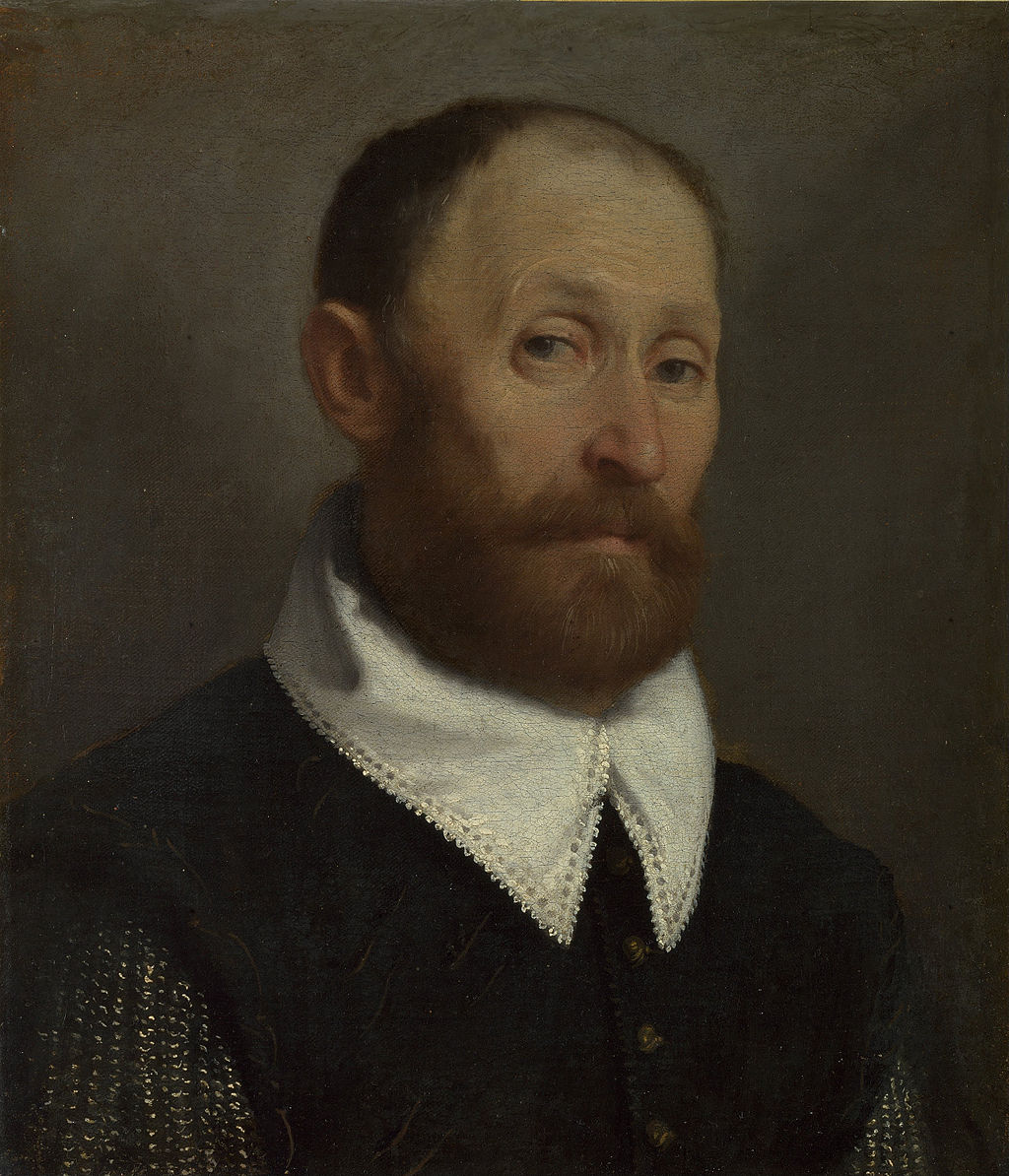<![CDATA[The ability to express a wide range of emotions through eye brow movements could have been key to human evolution, new research is claiming.
Other hominins, including our immediate evolutionary ancestors, had large brow ridges. Anatomically modern humans however, evolved flatter foreheads. These mobile eyebrows could have been crucial to developing large social networks. Allowing more nuanced emotions such as recognition and sympathy to be expressed.
“Looking at other animals can offer interesting clues as to what the function of a prominent brow ridge may have been,” said Paul O’Higgins, Professor of Anatomy at the University of York and senior author of the new research, in a press release.
“In mandrills, dominant males have brightly coloured swellings on either side of their muzzles to display their status. The growth of these lumps is triggered by hormonal factors and the bones underlying them are pitted with microscopic craters - a feature that can also be seen in the brow bones of archaic hominins.
"Sexually dimorphic display and social signalling is a convincing explanation for the jutting brows of our ancestors. Their conversion to a more vertical brow in modern humans allowed for the display of friendlier emotions which helped form social bonds between individuals".
It has been theorised that our evolutionary cousins’ protruding brow ridges were either needed to fill the space where their flat brain cases and eye sockets met, or that the ridge was needed to stabilise the skull from the force of chewing. O’Higgins and colleagues applied 3D engineering to Kabwe 1, the fossilised skull of an archaic hominin who lived between 600,000 and 200,000 years ago, to discount both theories.
"We used modelling software to shave back Kabwe's huge brow ridge and found that the heavy brow offered no spatial advantage as it could be greatly reduced without causing a problem. Then we simulated the forces of biting on different teeth and found that very little strain was placed on the brow ridge. When we took the ridge away there was no effect on the rest of the face when biting,” said O’Higgins.
[caption id="attachment_8583" align="alignnone" width="720"]
Credit: Paul O’Higgins, University of York[/caption]
“Since the shape of the brow ridge is not driven by spatial and mechanical requirements alone, and other explanations for brow ridges such as keeping sweat or hair out of eyes have already been discounted, we suggest a plausible contributing explanation can be found in social communication.”
Co-author of the paper, Dr Penny Spikins from the Department of Archaeology at the University of York, said: “Modern humans are the last surviving hominin. While our sister species the Neanderthals were dying out, we were rapidly colonising the globe and surviving in extreme environments. This had a lot to do with our ability to create large social networks – we know, for example, that prehistoric modern humans avoided inbreeding and went to stay with friends in distant locations during hard times.
“Eyebrow movements allow us to express complex emotions as well as perceive the emotions of others. A rapid “eyebrow flash” is a cross-cultural sign of recognition and openness to social interaction and pulling our eyebrows up at the middle is an expression of sympathy. Tiny movements of the eyebrows are also a key component to identifying trustworthiness and deception. On the flip side it has been shown that people who have had botox which limits eyebrow movement are less able to empathise and identify with the emotions of others.
“Eyebrows are the missing part of the puzzle of how modern humans managed to get on so much better with each other than other now-extinct hominins.”
The article describing the research has been published in the journal Nature, Ecology and Evolution
Featured image: Portrait of a Man with Raised Eyebrows, by Giovanni Battista Moroni
]]>
Furrowed brows Key to Evolution? – The History News of the Week
